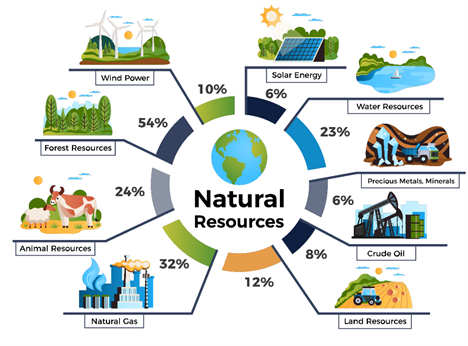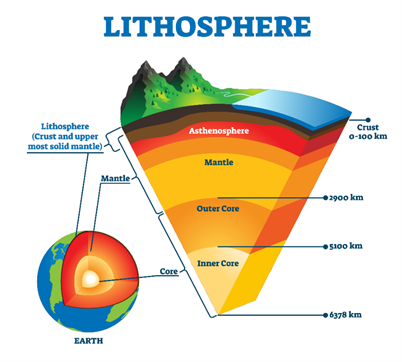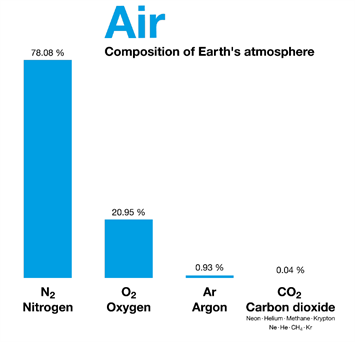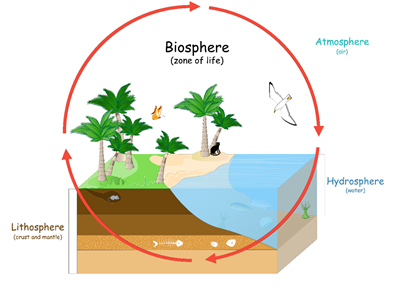
PUMPA - SMART LEARNING
எங்கள் ஆசிரியர்களுடன் 1-ஆன்-1 ஆலோசனை நேரத்தைப் பெறுங்கள். டாப்பர் ஆவதற்கு நாங்கள் பயிற்சி அளிப்போம்
Book Free DemoThe earth is the only planet where life is sustainable due to its essential conditions such as the presence of chemical composition of air, water, land, ambient temperature, star and gravitational forces etc.

Resources on Earth: (Land, Air, Water)
 |
Lithosphere: The outermost layer of the earth is solid and consists of the crust and the upper mantle. It is about 100 km in depth from the surface of earth.
Any substance or material that can satisfy human's needs is called as resource. We know that our earth is made of 71% of water and almost 96.5% is salt water, and only 3.5% is consumable freshwater, and nearly 68% of freshwater is trapped in ice glaciers.
Water exists in different forms on earth, such as solids, liquids and gases. Thus, the total amount of water present on the earth is called a hydrosphere.
Fact : Gathering all water from the earth and aligning it at one place will be 860 miles wide 1385 km wide.
 |
The chemical composition of air on earth:
Elements | Percentage |
| Nitrogen | 78.06% |
| Oxygen | 20.95% |
| Carbon dioxide | 0.036% |
| Argon | 0.93% |
| Water vapour | 0.4% |
The air that covers the whole earth like a blanket is called an atmosphere.
 |
The lithosphere, hydrosphere, and atmosphere are the essential need for life to sustain on earth. This three-sphere together is known as the earths environmental space and is called as biosphere. The biosphere is also known as the ecosphere.
Some interactions occur between the biotic region and abiotic region. The term biotic refers to all living creatures on earth, and abiotic refers to non-living things.